Project period: March 2016 - June 2016,
Germany, Baden-Württemberg
Consultants involved: 2

Initial situation
The company of the electrical industry in Germany had grown continuously in recent years. The production processes, material supply, material flow, productivity and coordination of interfaces should be analysed and optimised in this consulting project.
The following topics were included in the analysis:
- Analysis of the current Workflows and Processes
- Recording the actual state
- Workflow and activity analyses of the employees
- Flexibility of order processing/employee deployment
- Storage organisation and material flow
- Valuation of the value-adding time shares
Aim of the REFA counselling
The aim of the counselling was to develop detailed analyses/proposals as a basis for the management's decision on whether to invest in an additional production hall or whether the existing capacities are sufficient.
Actual state analysis
1. Assembly process
The assembly process is designed for floor space, i.e. the products/orders to be assembled are placed on tables and assembled there. The employee goes from table to table during order processing. In case of missing parts or order postponements (e.g. orders have to be brought forward in time), the products remain on the tables until further processing and thus material/tools are allocated several times. This type of assembly requires a lot of assembly surface.
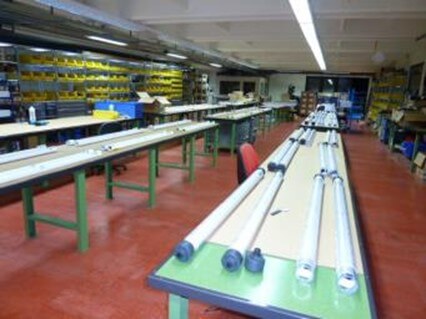
2. Preliminary assemblies / additional purchase
- Many preliminary assemblies (cables, clamps...) are partly produced without work preparation specifications
- Additional purchase of parts with low added value does not happen frequently
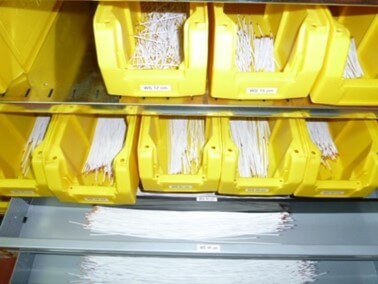
3. Parts management / Kanban
- There is no external C-parts management of DIN / standard parts / bulk goods (production employees fetch these parts from the central warehouse)
- Within the company, there is no Kanban material supply organised.
4. Storage organisation
- The storage organisation, like the production, is designed for floor space, i.e. there are shelves with a generous access area and a generous storage space organisation
- The current storage organisation in the cellar is not ideal or space-saving due to the large aisle widths
- The current shelf organisation is not optimally used (especially in the cellar)
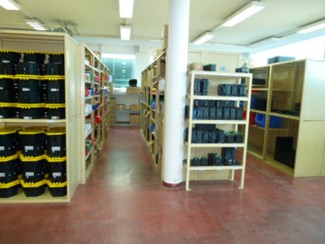
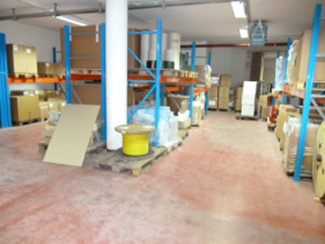
5. Stock movement (period May - June 2016)
Total outputs from stock to production // Number of items: 2,524
2,332 items with 734,501 pieces
176 items with 210,692 m
16 items with 186 m²
Delivery from production to stock total // Number of items: 1,926
1,885 items with 837,331 pieces
41 items with 444,505 m
Total outputs to customers // Number of items: 2,668
2,546 items with 119,783 pieces
118 items with 69,347 m
6. Non-value-added time fractions
These time fractions are primarily
- Work order preparation
Fetching material, removal from transport box, placing, sorting - Unpacking from cardboard boxes
Unpacking, folding and disposing of cardboard boxes - Transporting materials to the stock
Bringing finished orders to the stock for packing - Material transport from stock to production - fractions estimated
C-parts - screws etc. - Removing from workplace - fractions estimated
Replacing wrong parts from stock, fetching tools/aids/small parts
Recommendations / Results
1. Repositioning of the storage organisation/shelf organisation and storage space organisation to "shuttle storage"
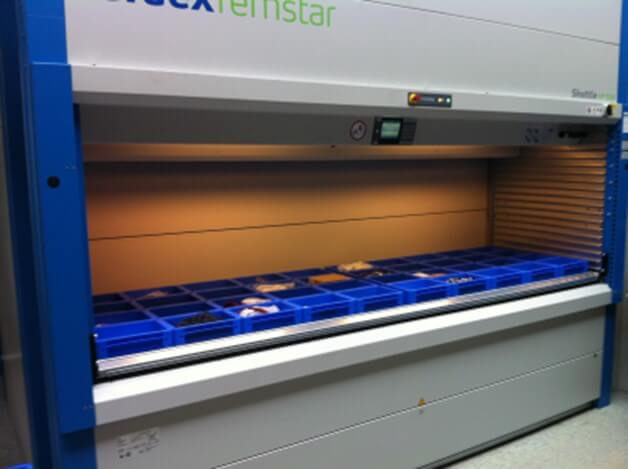
2. new central warehouse in hall 2 - additional assembly surface thus in hall 3 with approx. 290 m², material flow only in one direction
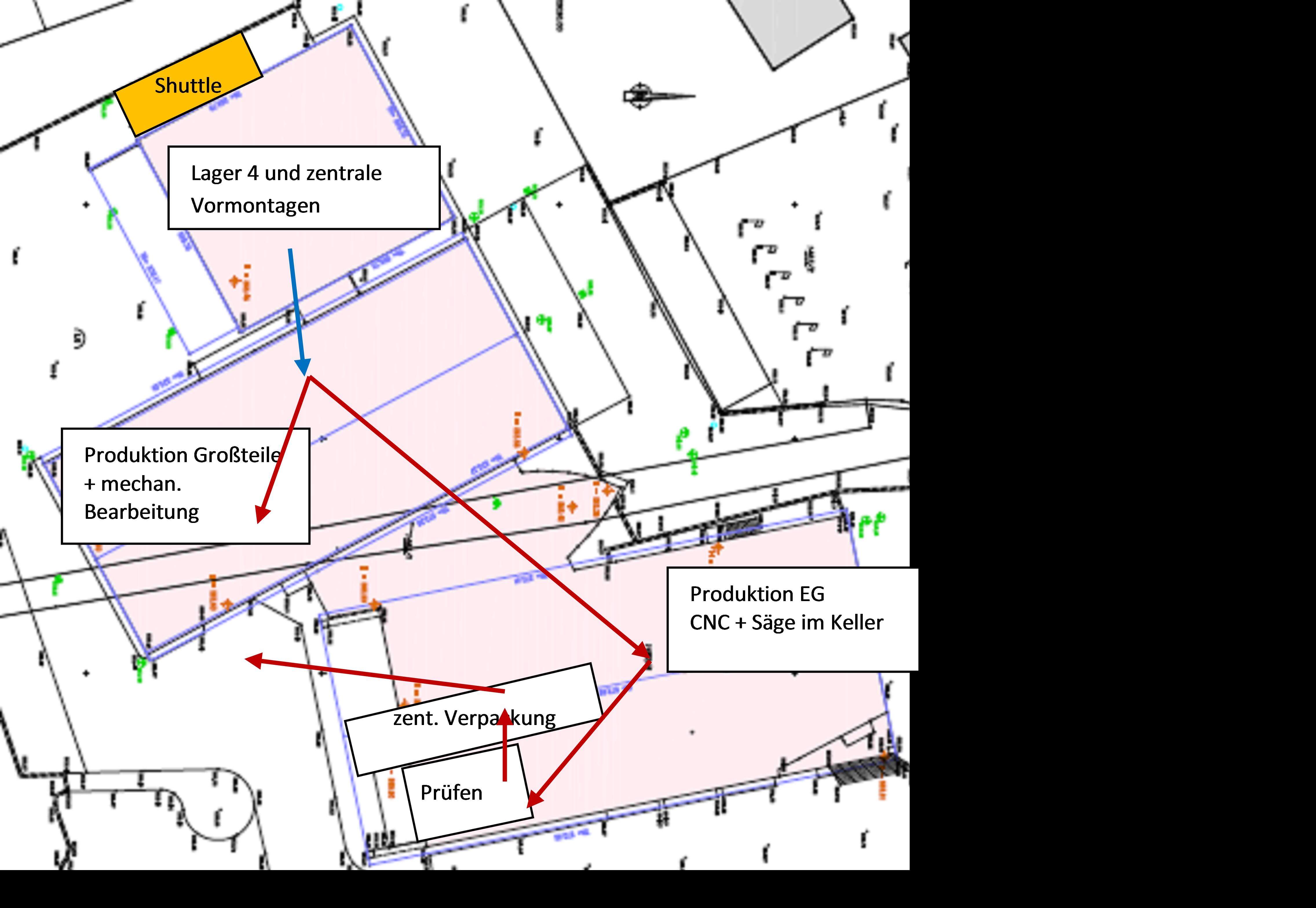
3. NEW Layout of central warehouse and production/assembly only on the ground floor
4. NEW Storage organisation in the cellar
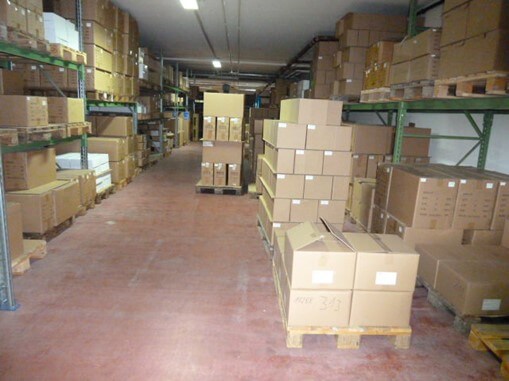
5. Better use of the existing production areas by relocating the CNC mill and saw

6. Production areas only on the ground floor, in the cellar storage and mechanical processing (CNC milling and sawing)
7. Changing the assembly process to individual table assemblies (stationary assembly table per order, employee only changes when the order is finished)
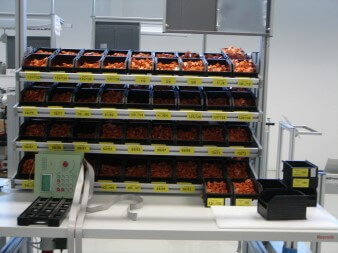
8. Preparation of work orders and workplaces by the personnel. Increase of flexible personnel deployment through preparation of several assembly tables (quick employee change in case of missing parts)
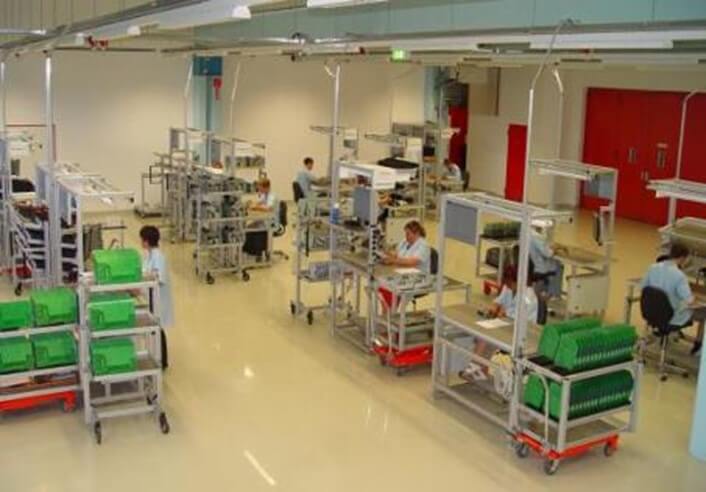
9. Increasing output by reducing non-value-added time fractions
10. Preparation of work orders and reducing transport routes
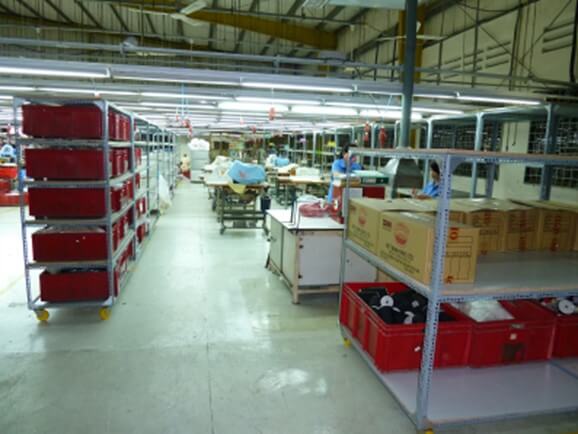
11. Central packaging (in production) at the end of the order throughput - following testing
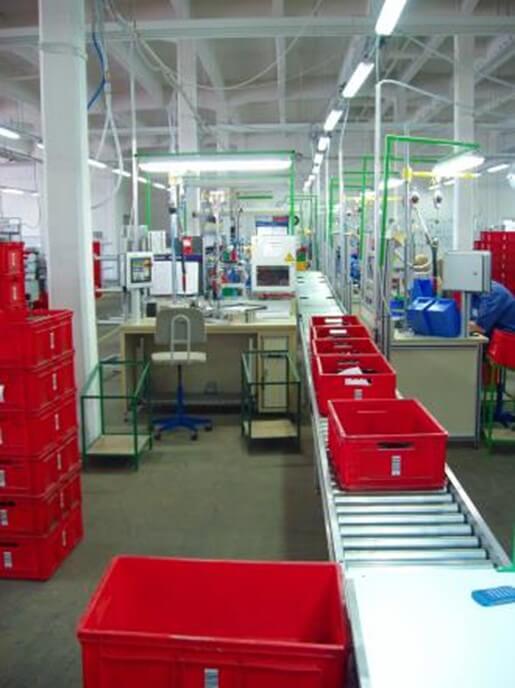
12. Conversion of material provision internally to Kanban
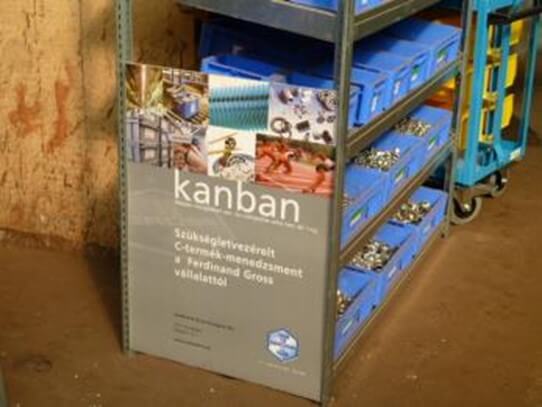
13. Kanban supply for the production orders Conversion of material provision externally to C-parts management C-parts management for DIN/standard parts/bulk goods by suppliers
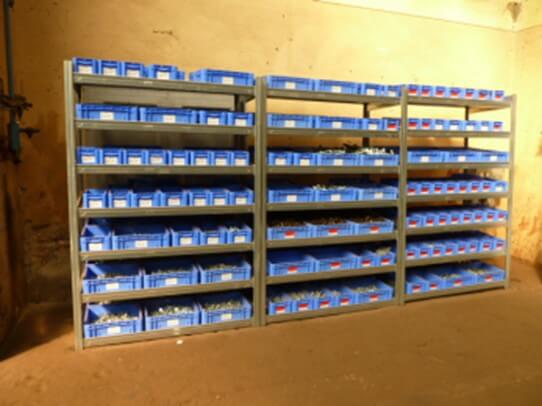




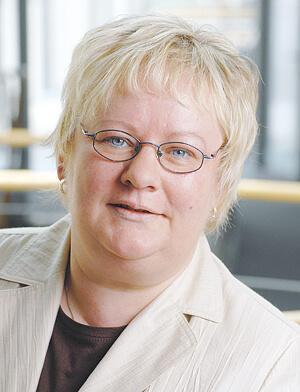 Bettina Dirks
Bettina Dirks



